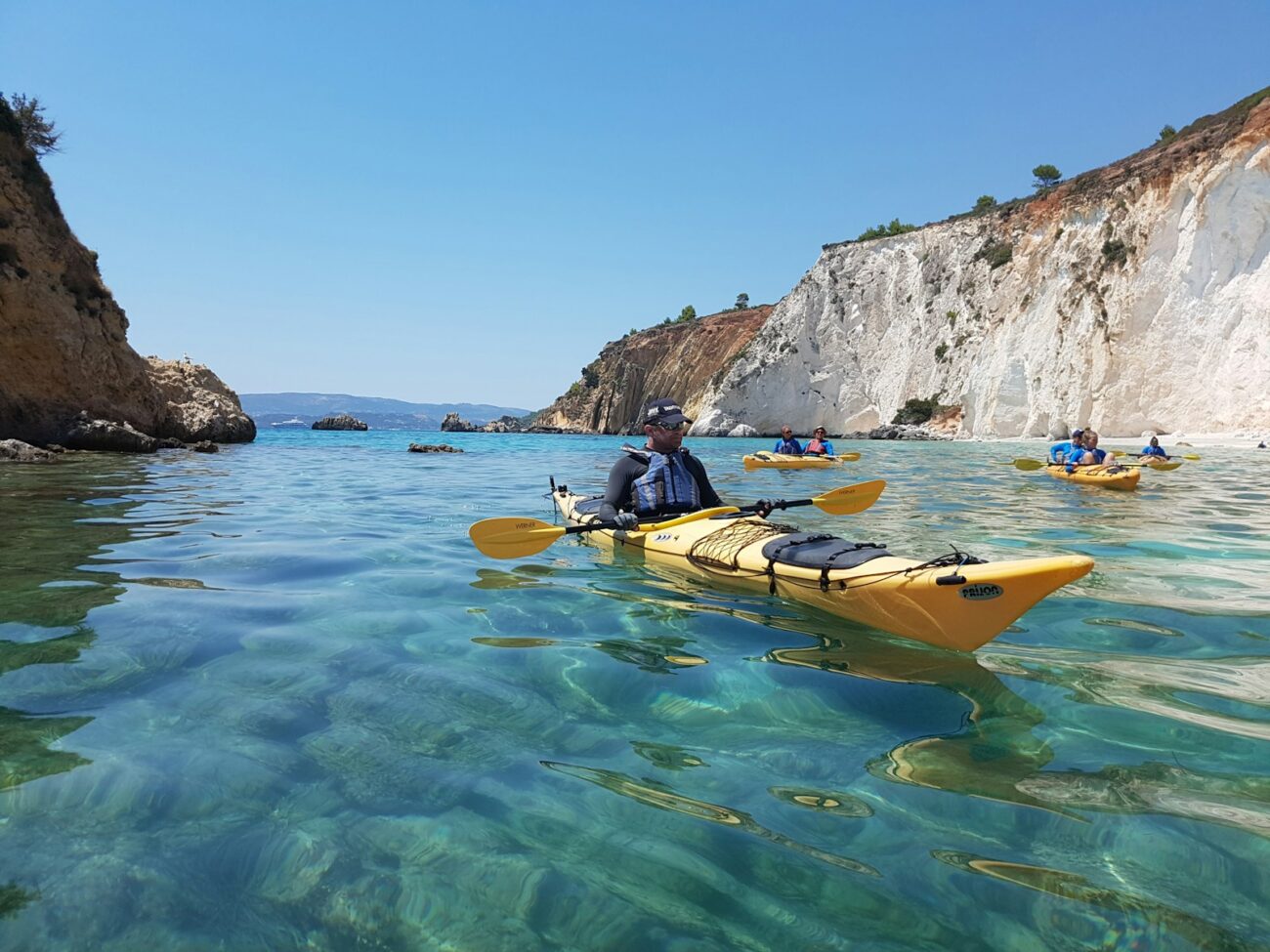Embarking on a weekend kayaking adventure offers a perfect escape from daily routines, combining exercise, exploration, and nature appreciation in one thrilling package. However, successful kayaking trips depend largely on thoughtful preparation and bringing the right equipment. Whether you’re gliding across a serene lake, navigating gentle rivers, or tackling more challenging waters, proper packing ensures safety, comfort, and enjoyment throughout your journey. This comprehensive guide will walk you through essential items to pack for your weekend kayaking getaway, helping you prepare for both on-water adventures and comfortable camping experiences.
Essential Kayaking Gear
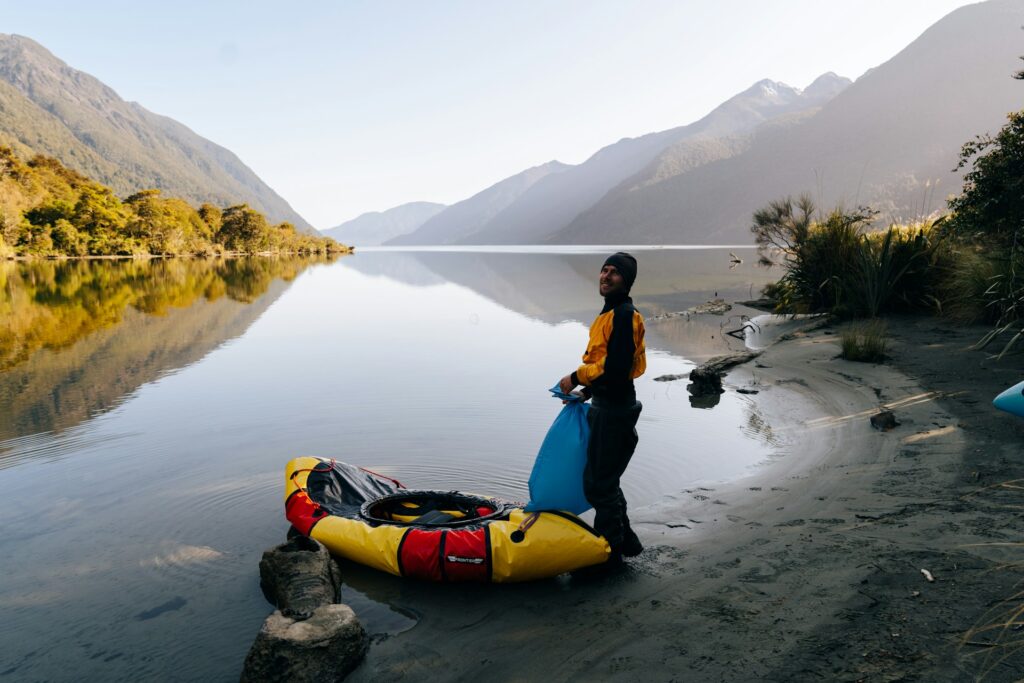
The foundation of any successful kayaking trip begins with properly selected equipment that matches your adventure type and skill level. First and foremost, ensure you have an appropriate kayak for your planned water bodies—recreational kayaks for calm waters, touring kayaks for longer distances, or whitewater kayaks for rapids. Additionally, pack a properly fitted paddle that matches your height and kayaking style, considering factors like blade shape and shaft material. Quality life jackets or personal flotation devices (PFDs) are non-negotiable safety items regardless of your swimming ability or water conditions. Finally, don’t forget a reliable bilge pump to remove water that might accumulate in your kayak and a whistle for emergency signaling, as these small items can prove invaluable in unexpected situations.
Navigation Tools

Proper navigation equipment prevents disorientation and enhances safety during your kayaking expedition, particularly in unfamiliar waters. A waterproof map of your kayaking route serves as your primary navigation tool, ideally stored in a clear waterproof case for easy reference while on water. Complement this with a reliable compass that you’re comfortable using, as electronic devices can fail when most needed. If you’re venturing into more complex waterways, consider bringing a GPS device with freshly charged batteries and pre-loaded waypoints of your planned route and key landmarks. Always inform someone not on the trip about your planned route and expected return time as an additional safety precaution, providing them with your map coordinates if possible.
Weather-Appropriate Clothing
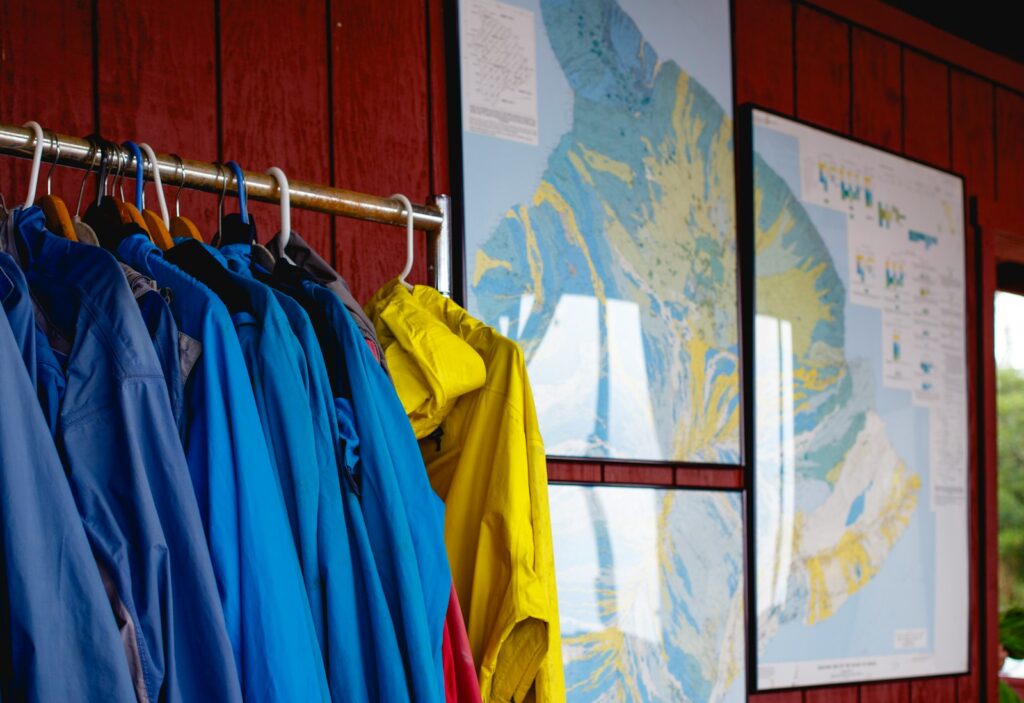
Selecting proper attire for kayaking requires consideration of both water and air temperatures, as conditions on water differ significantly from those on land. Start with a moisture-wicking base layer that pulls sweat away from your skin, preventing the chilling effect of wet clothing against your body during exertion. For cooler conditions, add insulating middle layers like fleece or wool that retain warmth even when damp, a crucial property for water activities. The outermost layer should be waterproof and windproof, with paddling jackets specifically designed to allow arm movement while keeping water from running down your arms during paddle strokes. Remember that water temperatures can cause hypothermia even on warm days, so dress for immersion rather than ambient air temperature, potentially including a wetsuit or drysuit for cold-water paddling.
Footwear Considerations
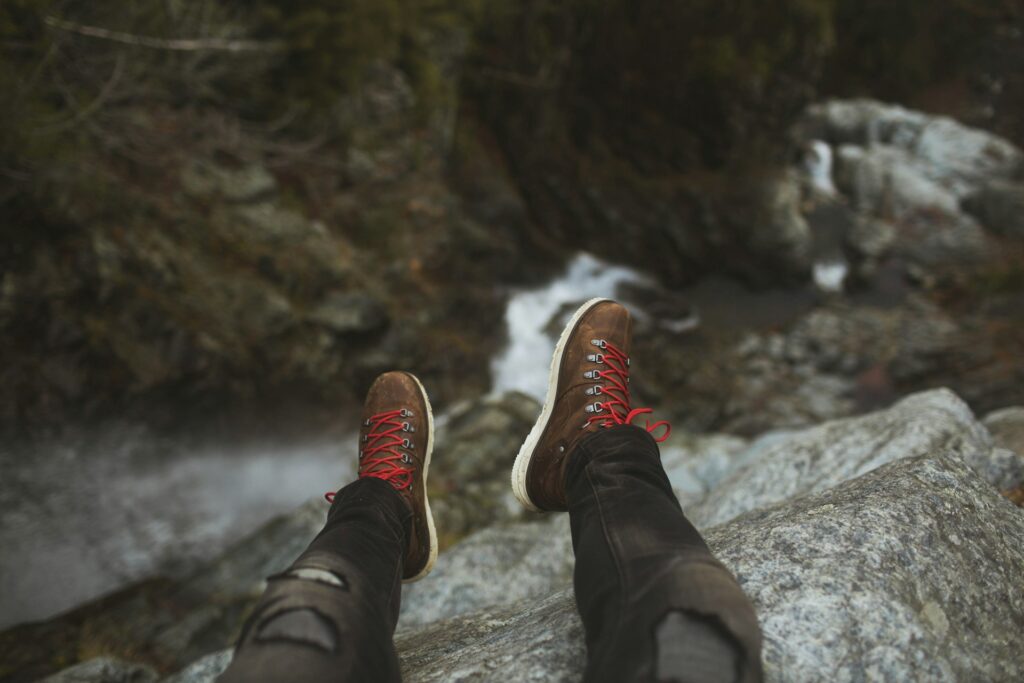
Appropriate footwear protects your feet from sharp objects while providing necessary grip on slippery surfaces commonly encountered during kayaking trips. Water shoes offer excellent traction on wet surfaces while protecting feet from rocks, shells, and other underwater hazards during launches, landings, and portages. Neoprene booties provide additional thermal protection for cold-water conditions, preventing the discomfort and potential dangers of prolonged cold exposure to extremities. If your trip involves significant hiking or portaging, consider packing lightweight trail shoes that dry quickly and offer ankle support when carrying gear over rough terrain. Remember to bring an extra pair of dry shoes or sandals exclusively for camp use, allowing your feet to properly dry and recover after each day’s paddling activities.
Sun Protection Essentials

Water magnificently amplifies sun exposure through reflection, significantly increasing UV radiation compared to land activities, making comprehensive sun protection crucial for kayakers. Pack broad-spectrum sunscreen with at least SPF 30, applying it generously to all exposed skin areas before launching and reapplying every two hours or after swimming or significant sweating. Supplement this with UV-protective sunglasses featuring polarized lenses that reduce glare from water surfaces while providing clearer visibility of underwater obstacles and marine life. A wide-brimmed hat or cap with neck protection shields your face and neck from direct sunlight during hours of exposure on open water. Consider also bringing UPF-rated clothing designed specifically for water sports, offering superior sun protection that won’t wash or wear off like sunscreen does during extended paddling sessions.
Hydration and Nutrition
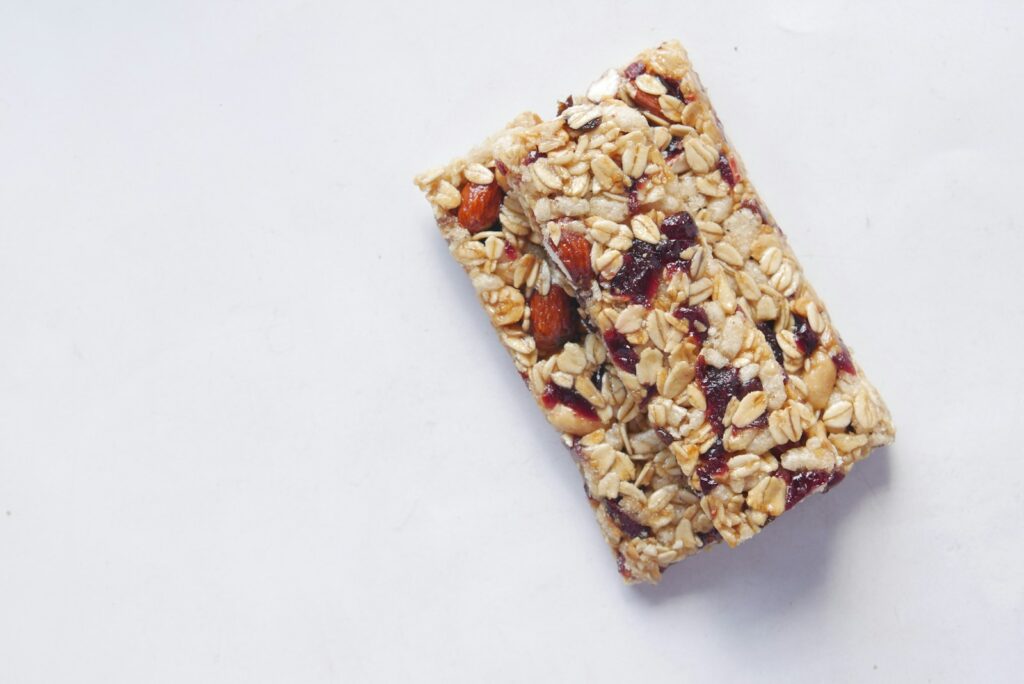
Maintaining proper hydration and energy levels becomes especially important during kayaking, as the combination of physical exertion and sun exposure accelerates fluid and calorie needs. Bring at least two liters of water per person per day in durable, BPA-free bottles or hydration bladders, considering additional quantities if camping in areas without reliable water sources. Pack high-energy, non-perishable snacks that can be easily consumed while on water, such as trail mix, energy bars, dried fruits, and jerky to maintain energy levels during paddling sessions. For meals at camp, consider lightweight dehydrated options or simple cooking ingredients that pack substantial nutrition without excessive weight or preparation complexity. Electrolyte replacement packets can prove valuable, particularly during hot weather paddling, helping prevent the muscle cramps and fatigue associated with electrolyte depletion during prolonged activity.
Safety Equipment
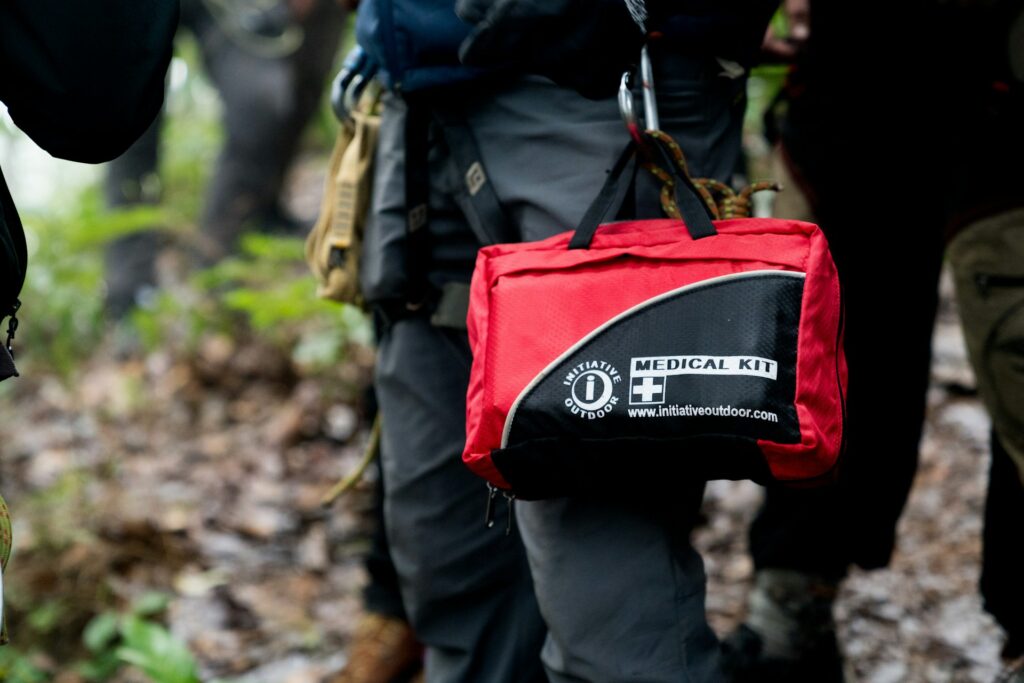
Carrying appropriate safety equipment represents responsible preparation for potential emergencies that can occur even during short kayaking excursions. A comprehensive first aid kit tailored for outdoor activities should include bandages, antiseptic wipes, blister treatment, pain relievers, and any personal medications you might need. A waterproof headlamp or flashlight with extra batteries provides crucial visibility for unexpected delays or night paddling situations, ideally stored in an accessible location while on water. Emergency signaling devices such as a whistle, signal mirror, and waterproof flares can alert others to your position if you require assistance in remote areas. Additionally, pack a repair kit containing duct tape, zip ties, and multi-tool for addressing common equipment failures that might otherwise cut your adventure short or create safety hazards.
Camping Equipment
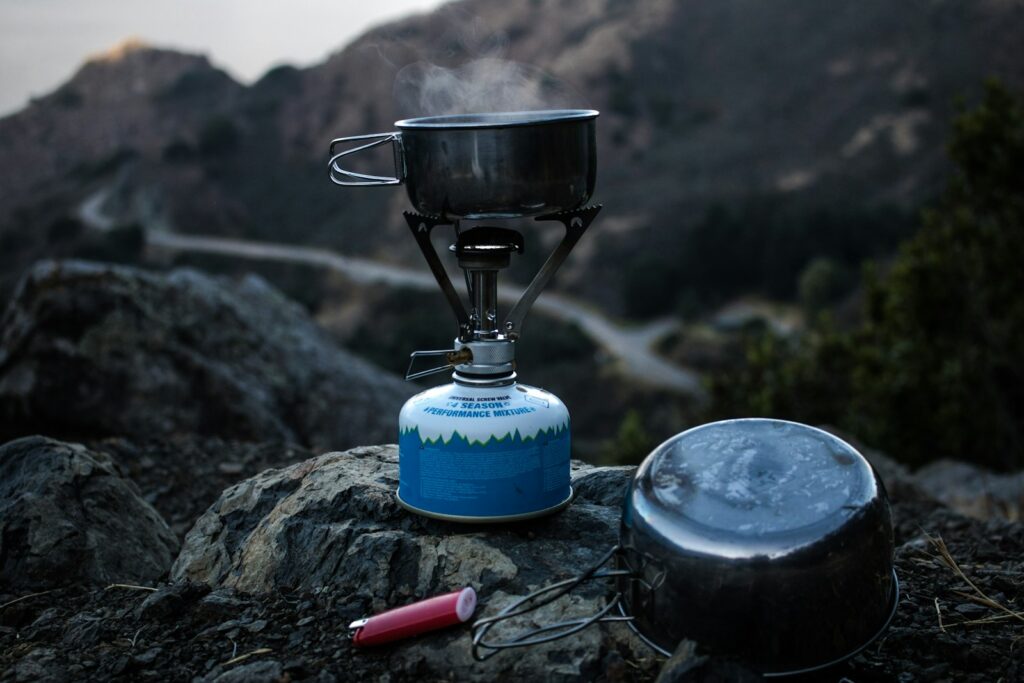
Quality camping gear enhances your overnight experience and provides essential shelter and comfort after active days on the water. Select a lightweight, waterproof tent sized appropriately for your group, prioritizing models that pack compactly into kayak storage compartments. Pair this with a temperature-appropriate sleeping bag, preferably stored in a waterproof compression sack to maintain its insulating properties even if exposed to splashes or rain during transportation. A sleeping pad offers crucial insulation from the ground while providing comfort on uneven terrain, with inflatable models offering the best balance of comfort and packability for kayak camping. Bring a small camp stove with appropriate fuel for hot meals and beverages, considering alcohol or canister stoves for their reliability and compatibility with lightweight cooking setups ideal for kayak transportation.
Dry Bags and Storage Solutions
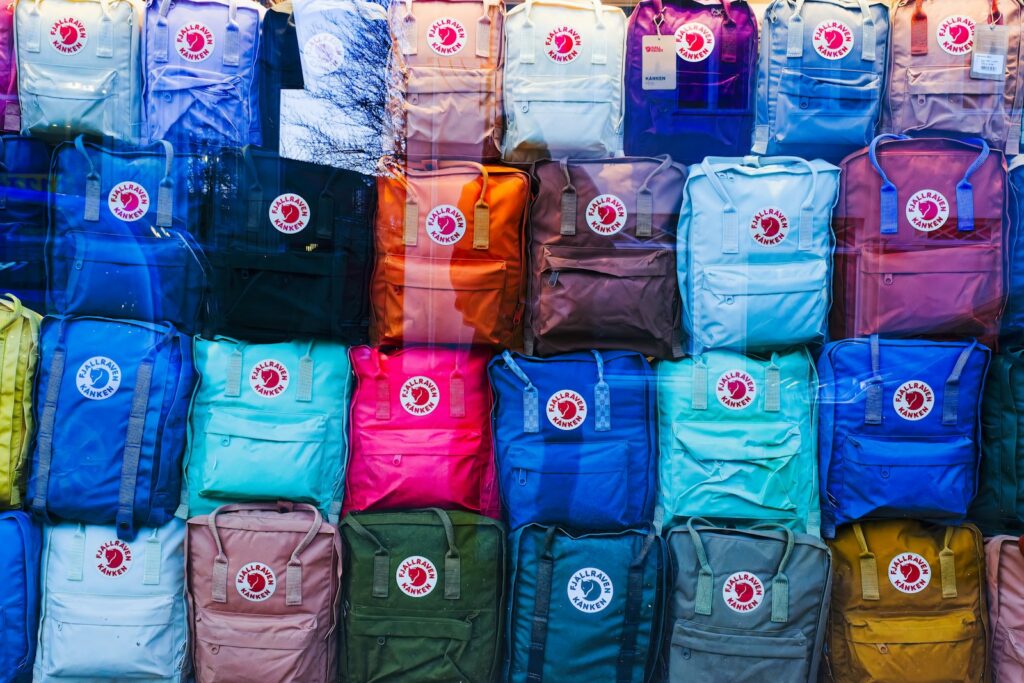
Proper waterproof storage represents a critical component of kayaking preparation, protecting essential items from water damage during your adventure. Invest in quality dry bags of various sizes, using color-coding to easily identify contents without opening each bag repeatedly throughout your trip. Smaller waterproof cases provide targeted protection for electronics, medications, and documents that must remain absolutely dry regardless of conditions. Consider transparent dry bags for frequently accessed items, allowing visibility of contents without exposing everything to potential water exposure during retrieval. Ensure all dry bags are properly sealed according to manufacturer instructions before storing them in your kayak’s hatches or secured to deck rigging, as improper closure negates their protective benefits entirely.
Photography Equipment

Capturing the beauty of your kayaking adventure requires specialized equipment designed to withstand water exposure while remaining accessible during paddling. Waterproof action cameras like GoPro offer excellent durability and mounting options for hands-free recording while navigating waters, capturing both still images and video with minimal interruption to your paddling. For higher-quality photography, consider waterproof housings for conventional cameras, though these require more careful handling and storage during active paddling segments. Regardless of camera type, pack additional memory cards and waterproof portable power banks to ensure continuous operation throughout your weekend adventure. Secure your photography equipment using floatable straps or cases, providing insurance against accidental drops that could otherwise send expensive gear to the bottom of the lake or river.
Toiletries and Personal Items
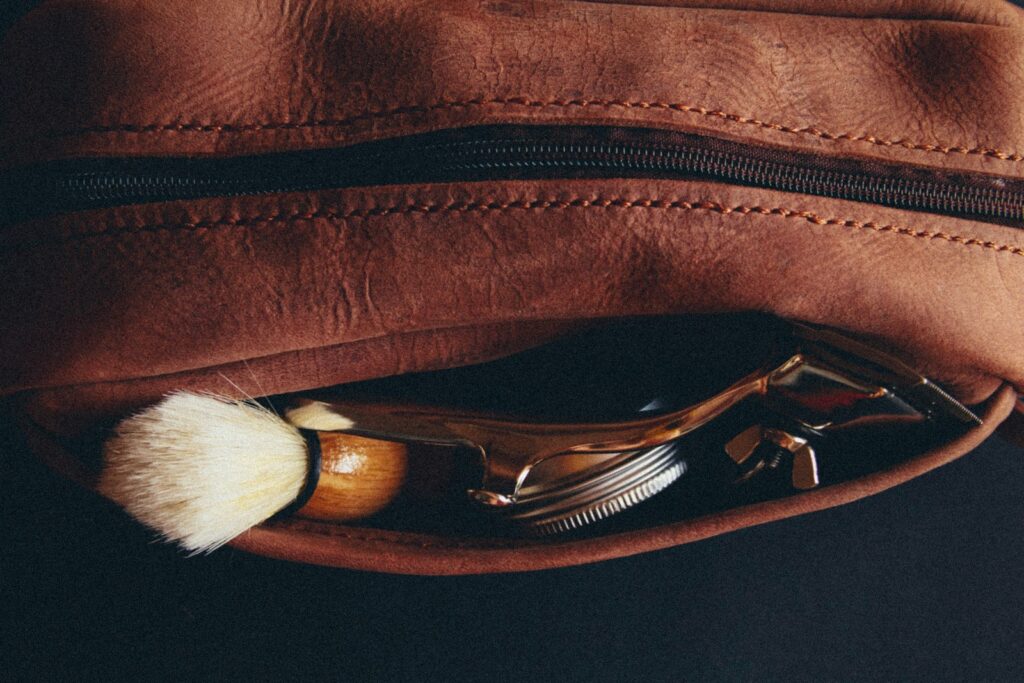
Maintaining basic hygiene during outdoor adventures contributes significantly to overall comfort and health during your kayaking weekend. Pack biodegradable soap, toothpaste, and toilet paper to minimize environmental impact when camping near water sources, storing these in leak-proof containers to prevent contamination of other gear. Include a quick-dry microfiber towel that occupies minimal space while offering remarkable absorbency compared to conventional towels. Personal medications should be stored in waterproof containers with clear labeling, including any emergency medications you might require such as epinephrine injectors or asthma inhalers. Hand sanitizer provides convenient cleanliness solutions before meals when proper handwashing facilities aren’t available, particularly important during multi-day outdoor adventures.
Tools and Repair Supplies

Preparing for common equipment issues ensures minor problems don’t derail your kayaking weekend unexpectedly. Pack a multi-tool featuring pliers, knife, screwdriver, and scissors to address various repair scenarios you might encounter on your trip. Duct tape wrapped around a pencil or water bottle provides a compact way to carry this versatile repair material useful for temporary hull patches, gear fixes, and even first aid applications in a pinch. Bring spare parts specific to your kayak model, such as hatch covers, bungee cords, or rudder components known to occasionally fail during use. Include a small roll of paracord, which offers tremendous versatility for equipment repairs, creating clotheslines, securing gear, and countless other applications during kayaking and camping situations.
Trip-Specific Extras
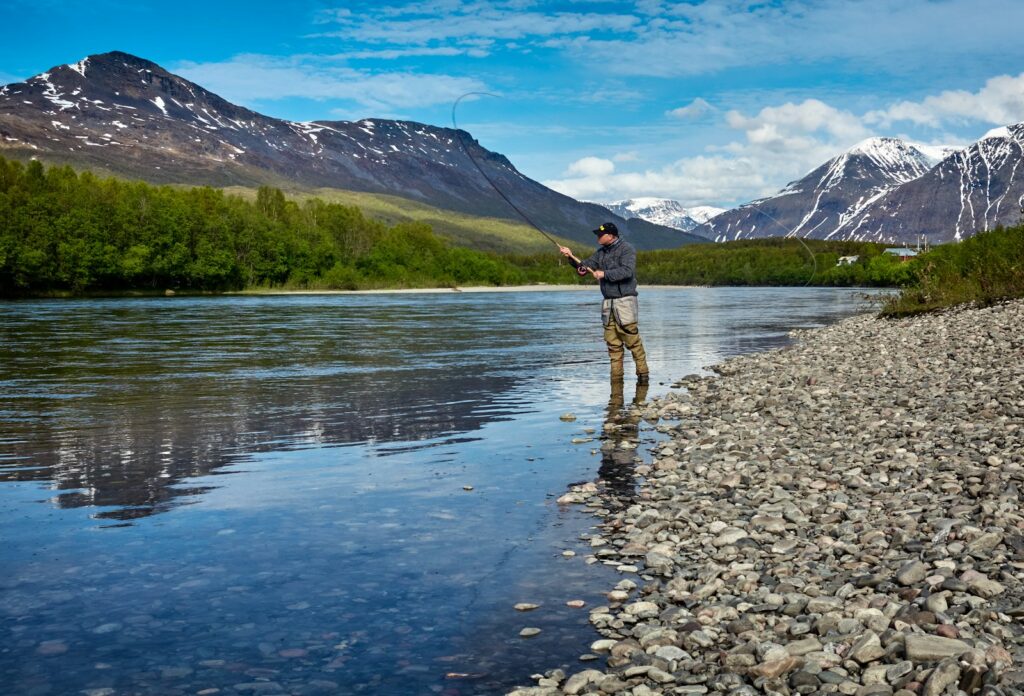
Consider adding specialized items that enhance your particular kayaking destination and personal preferences. Lightweight binoculars can significantly enhance wildlife viewing opportunities, particularly in areas known for birds or marine mammals that might be observed at a distance from your kayak. A waterproof field guide relevant to local flora and fauna transforms casual observations into educational experiences, helping you identify and understand the natural environments you’re exploring. If fishing during your kayak trip, pack collapsible fishing rods, basic tackle, and appropriate licenses for your destination waters. For evening relaxation at camp, consider lightweight luxuries like a packable hammock, inflatable pillow, or even a small book that make downtime between paddling sessions more enjoyable without significantly increasing your packing weight.
Pre-Departure Checklist

Completing a systematic final check before departure prevents forgetting critical items that could impact your safety or enjoyment. Create a comprehensive packing list specifically tailored to your kayaking style and destination, reviewing it methodically as you gather and pack each item. Verify that all battery-powered devices are fully charged and that spare batteries are packed separately in waterproof containers to prevent accidental discharge. Check weather forecasts up until departure time, adjusting your clothing and gear selections based on updated predictions for your specific paddling location. Finally, ensure someone reliable knows your detailed itinerary, including planned launch and take-out points, expected camping locations, and your anticipated return time, providing them with emergency contact information for local authorities in your destination area.
A well-planned kayaking weekend creates lasting memories while ensuring your safety on the water. By thoughtfully preparing your gear according to this comprehensive guide, you’ll be ready to fully immerse yourself in the paddling experience without worrying about forgotten essentials. Remember that kayaking combines the freedom of water exploration with the responsibility of self-sufficiency, making thorough preparation not just convenient but essential. Pack deliberately, paddle safely, and embrace the unique perspective that kayaking offers—a perfect blend of adventure, natural connection, and peaceful contemplation that makes every well-packed trip worth the effort.

